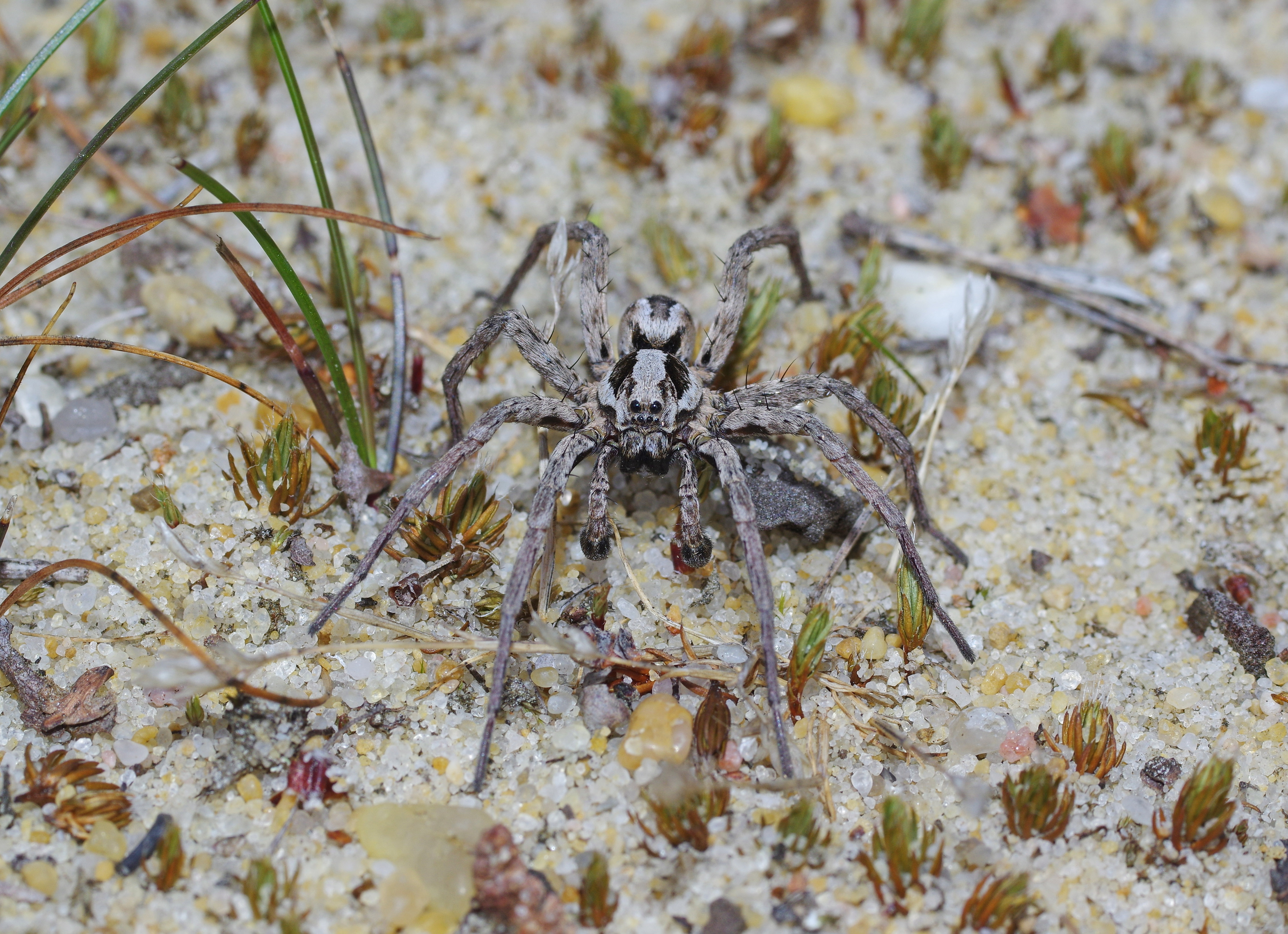
'Critically Endangered' Large Spider Discovered On MOD Land

One of the UK’s largest and most endangered spiders has been rediscovered in a Ministry of Defence (MOD) training area by the Surrey Wildlife Trust.
The Great Fox-Spider, red-listed as ‘critically endangered', had not been sighted in the UK for more than 25 years and was feared extinct.
Having only ever been found at three sites, two in Dorset and the other in Surrey, the last sighting was in the early 1990s.
But Mike Waithe, spider enthusiast at Surrey Wildlife Trust, had not given up hope he might find the monster arachnids.
"The spider is at the very edge of its range in the UK, which accounts for its super rarity here," Mr Waithe said.
Having spent many hours of late-night searching over the last two years, he finally discovered several mature males and one female Great Fox-Spider – which was 55mm, or just over two inches in diameter, including its legs.
"I am naturally over the moon to have finally proved the continued existence of the Great Fox-Spider in the UK," he said.
"Although I’ve always held a latent interest in spiders... I am still a relative newbie, so am doubly pleased to have made this important contribution to our scientific knowledge."

Mr Waithe made the discovery on MOD land managed by the Amphibian and Reptile Conservation Trust.
Managed for nature’s recovery, the defence site is recognised as being nationally important for its populations of rare bird, reptile and invertebrate species.
Rich Lowey, Defence Infrastructure Organisation’s Head of Technical Services, said many people are "unaware of the size and diversity of the defence estate".
"It has generally been protected from agricultural intensification and urban development, so it now provides a vital sanctuary for many of the country’s most rare and endangered species and habitats."
Ground dwelling and largely nocturnal, with excellent eyesight, camouflage and speed, the Great Fox-Spider is one of the largest of the Wolf-Spider Lycosidae family of spiders.
An opportunistic predator that hunts at night, it is named for its wolf-like habit of chasing down its prey before pouncing and capturing insects on the run.
It has three rows of eyes - two on the top of the head, two at the front, and four smaller eyes above the mouth.
Great Fox-Spiders immobilise their prey, including insects such as beetles, ants and smaller spiders, by injecting them with venom, which liquifies the internal organs of the insect.
The arachnid then feasts on its catch using its strong, fang-bearing front appendages, known as 'chelicerae'.
Cover image: A Great Fox-Spider, which was rediscovered on an MOD training base in Surrey after more than 25 years without a sighting (Picture: MOD).









